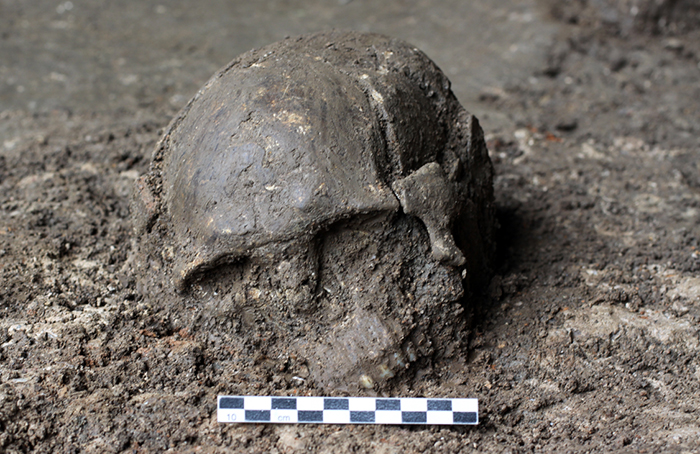

The first large-scale studies of ancient human genomes from the region suggest that many of its inhabitants descend from two once-distinct populations that began mixing after the development of agriculture some 10,000 years ago.
The studies also reveal connections between ancient humans that extend from southern China to the South Pacific, and a link between coastal inhabitants that could off er clues about how humans came to settle in East Asia.
The findings come from team led by FU Qiaomei, a paleogeneticist at the Institute of Vertebrate Paleontology and Paleoanthropology who analysed the genomes of 24 individuals who lived in East Asia, between 9,500 and 300 years ago. Most of the genomes came from archaeological sites in the Yellow River Basin in northeastern China, or more than 1,000 kilometres away, in southeast China’s Fujian province.
Their findings were published in Science on May 14.
During the early Neolithic period, around 10,000 to 6,000 years ago, people from these two geographic regions were genetically distinct, FU’s team found. But over time, they began mixing: contemporary Chinese trace much of their ancestry to the northern groups, but are also related to the ancient Fujian people to varying degrees (those from southern China tend to be closest).
This suggests that farming in East Asia could have spread through mixing of farmers and hunter-gatherer. That’s different from what ancient-genome studies have found in western Eurasia, where farmers with Middle Eastern ancestry largely replaced hunter-gatherers in Europe.

Fig.1. Piece of petrous bone from a ~9,500-year-old individual from Bianbian Cave, Shandong, China. This individual was part of a northern ancestry group found along the Yellow River and up into the eastern steppes of Siberia. (Image by GAO Wei)

Fig.2. Skull of Qihe 2, a ~8,400-year-old individual from Qihe Cave, Fujian, China (Image by FAN Xuechun)